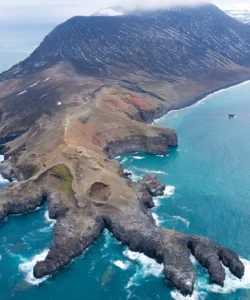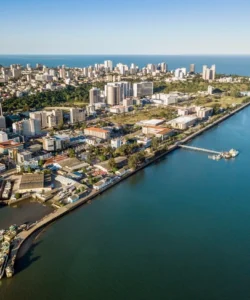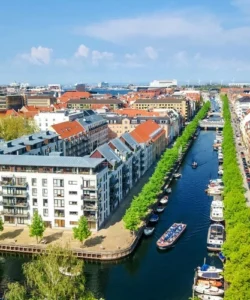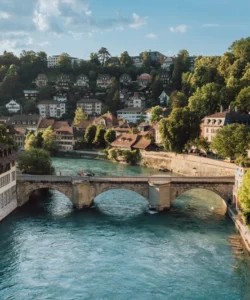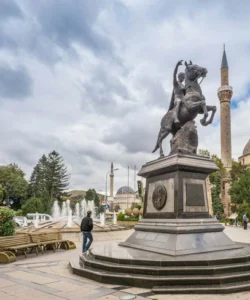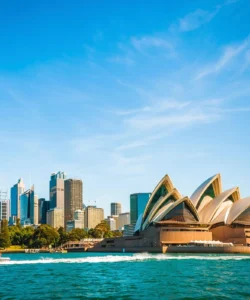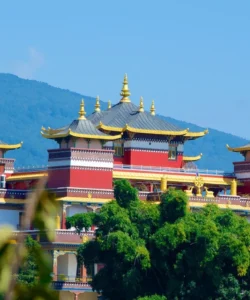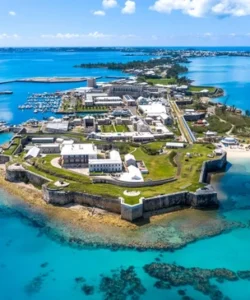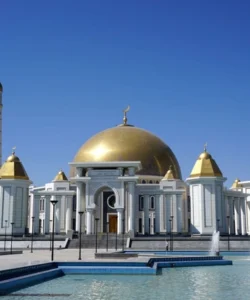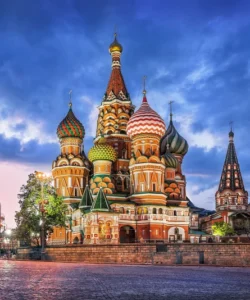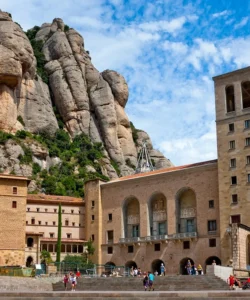Ecuador is a country located on the equator in northwestern South America, renowned for its incredible biodiversity, the Andes Mountains, and its unique cultural heritage.
Area and Population:
Ecuador covers an area of approximately 283,561 km² (109,484 sq mi), including the Galápagos Islands. Its population is estimated to be around 18.2 million inhabitants (as of 2024).
Language:
The official language of Ecuador is Spanish. Various indigenous languages, most notably Kichwa (a dialect of Quechua) and Shuar, are also recognized and spoken by indigenous communities, particularly in the Andean highlands and Amazon basin.
Currency:
Since 2000, the official currency of Ecuador has been the United States Dollar (USD). This dollarization has brought economic stability but also means that the country is subject to U.S. monetary policy.
Religion:
The predominant religion in Ecuador is Catholicism, with the vast majority of the population identifying as Roman Catholic. Protestant denominations and other minority faiths are also present.
Capital:
The capital city of Ecuador is Quito, nestled high in the Andes Mountains at an elevation of approximately 2,850 meters (9,350 feet). It is a UNESCO World Heritage site known for its well-preserved colonial center.
Major Cities:
Besides Quito, other significant cities in Ecuador include:
- Guayaquil: The largest city in Ecuador, a major port, and the economic hub on the Pacific coast.
- Cuenca: A beautiful colonial city in the southern Andes, also a UNESCO World Heritage site, known for its arts and crafts.
- Manta: A growing port city on the coast.
- Ambato: A city in the central Andes, known for its fruit and flower festival.
- Loja: A city in the southern highlands, known for its music and culture.
Attractions and Wonders:
Ecuador’s relatively small size belies an incredible array of natural and cultural attractions:
- Galápagos Islands: A volcanic archipelago renowned for its unique and fearless wildlife, inspiring Charles Darwin’s theory of evolution. A UNESCO World Heritage site.
- The Andes Mountains: Home to towering volcanoes (e.g., Cotopaxi, Chimborazo), picturesque valleys, and diverse indigenous communities. Ideal for hiking, climbing, and exploring.
- Amazon Rainforest: A significant portion of the Amazon lies within Ecuador, offering unparalleled biodiversity, eco-lodges, and opportunities for wildlife viewing and cultural immersion.
- Quito’s Historic Center: One of the best-preserved colonial centers in Latin America, with stunning churches, plazas, and museums. A UNESCO World Heritage site.
- Cuenca’s Historic Center: Another beautifully preserved colonial city, known for its architecture, craft markets, and relaxed atmosphere. A UNESCO World Heritage site.
- Mitad del Mundo (Middle of the World): A monument and complex located near Quito, marking the equatorial line.
- Nariz del Diablo (Devil’s Nose): A famous and thrilling zigzagging railway line in the Andes.
- Baños de Agua Santa: A popular adventure tourism town at the foot of Tungurahua volcano, offering hot springs, waterfall routes, and extreme sports.
- Yasuni National Park: One of the most biodiverse places on Earth, located in the Amazon.
Architecture:
Ecuador’s architecture showcases a rich historical progression:
- Pre-Columbian Architecture: Remnants of pre-Inca and Inca structures exist, particularly in the Andes, often characterized by stone construction.
- Colonial Architecture: Dominant in historic centers like Quito and Cuenca, featuring impressive churches, monasteries, and public buildings with strong Spanish Baroque and Neoclassical influences. Ornate facades, intricate carvings, and grand courtyards are common.
- Republican and Modern Architecture: Post-independence buildings often adopted European styles, while 20th-century urban development introduced modernist and contemporary designs, particularly in cities like Guayaquil and the newer parts of Quito.
Roads:
Ecuador has made significant investments in its road infrastructure in recent decades. The Pan-American Highway traverses the country from north to south, providing a major artery. Major cities are generally well-connected by paved roads. However, in more remote areas, especially in the Amazon and some mountainous regions, roads can be unpaved and challenging, particularly during the rainy season. Public bus transportation is a common and affordable way to travel between cities.
Hotels:
Ecuador offers a diverse range of accommodation. In major cities and popular tourist destinations, you can find luxury hotels, boutique hotels, international chains, and a wide array of mid-range and budget-friendly hotels, hostels, and guesthouses. Eco-lodges are prevalent in the Amazon and cloud forest regions, while haciendas (converted colonial estates) offer unique stays in the countryside.
Restaurants and Cuisine:
Ecuadorian cuisine is hearty and diverse, with regional variations, often featuring fresh local ingredients.
- Key Dishes:
- Ceviche: While similar to Peru’s, Ecuadorian ceviche often includes tomato sauce and is typically made with shrimp or fish.
- Locro de Papa: A creamy potato soup with cheese and avocado, a quintessential Andean dish.
- Fritada: Fried pork served with hominy, plantains, and other accompaniments.
- Encebollado: A popular fish stew, particularly on the coast, made with tuna, yuca, and red onion.
- Llapingachos: Pan-fried potato and cheese patties, often served with a peanut sauce.
- Hornado: Whole roasted pig, often found at markets and special occasions.
- Patacones/Tostones: Fried green plantain slices.
- Restaurants: From upscale restaurants in Quito and Guayaquil offering modern Ecuadorian cuisine to bustling local markets and small “huecas” (hole-in-the-wall eateries) serving traditional dishes, there are dining options for every taste and budget. Coastal regions specialize in seafood, while the Andes offer heartier, potato-based dishes.

